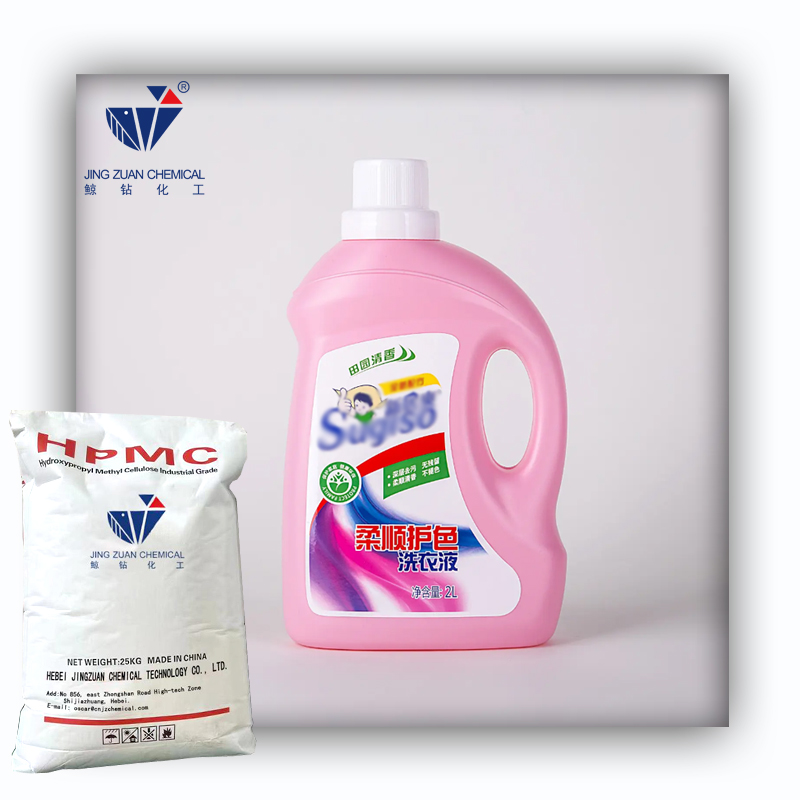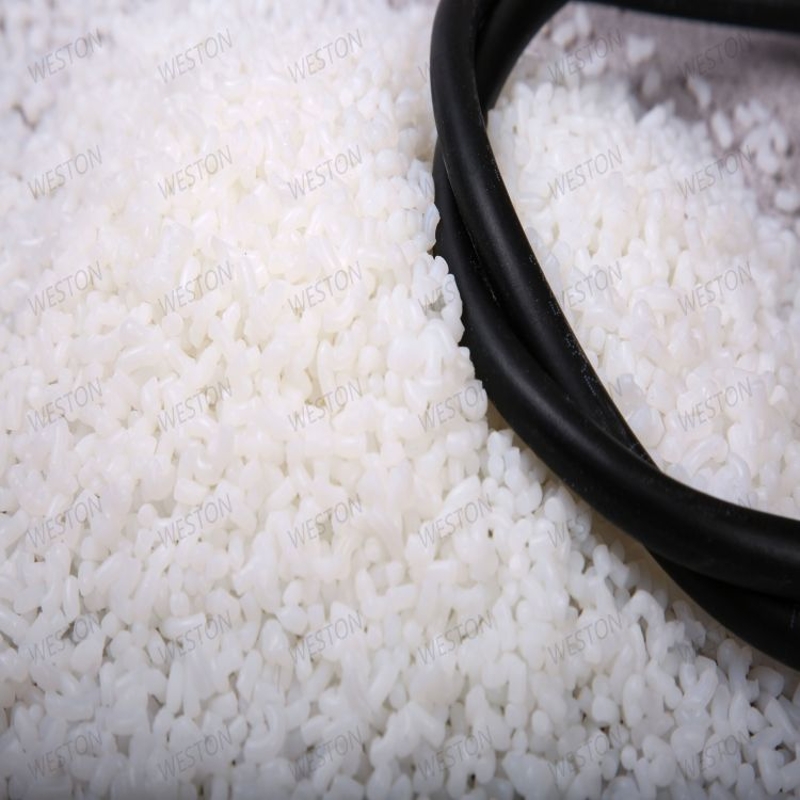-
Categories
-
Pharmaceutical Intermediates
-
Active Pharmaceutical Ingredients
-
Food Additives
- Industrial Coatings
- Agrochemicals
- Dyes and Pigments
- Surfactant
- Flavors and Fragrances
- Chemical Reagents
- Catalyst and Auxiliary
- Natural Products
- Inorganic Chemistry
-
Organic Chemistry
-
Biochemical Engineering
- Analytical Chemistry
- Cosmetic Ingredient
-
Pharmaceutical Intermediates
Promotion
ECHEMI Mall
Wholesale
Weekly Price
Exhibition
News
-
Trade Service
Sodium polyacrylate (PAAS)
[Structural formula]
[Physical and chemical properties] Light yellow viscous liquefied, soluble in water, weakly alkaline, soluble in methanol and ethylene glycol
[Preparation method] (1) Preparation process
The preparation of sodium polyacrylate generally uses ammonium persulfate as the initiator, methanol, isopropanol, etc.
① After the acrylic acid is refined, it is neutralized with sodium hydroxide to generate sodium acrylate, and then a certain concentration of sodium acrylate aqueous solution is prepared, and then persulfate is used as an initiator to heat and polymerize to obtain this product
The process flow is shown in Figure 5-8
Figure 5-8 Preparation process of sodium polyacrylate
②After the acrylic acid is refined, persulfate is used as the initiator to heat and polymerize in water, and the resulting polymer is then neutralized with sodium hydroxide to obtain this product
(2) Preparation example
Example 1 Add 53kg of sodium hydroxide and appropriate amount of water into the reactor, slowly stir and add acrylic acid.
Example 3 Preparation of sodium polyacrylate with waste acrylic fiber as raw material
[Technical Index] HG/T 2838-1997
[application]
Sodium polyacrylate has different uses according to the difference of relative molecular weight.
Sodium polyacrylate used as a scale inhibitor and dispersant is similar to polyacrylic acid, but because sodium polyacrylate has been neutralized into sodium salt, its corrosiveness is greatly reduced during packaging, transportation, and use
Related links: Polyacrylamide (PAM) physical and chemical properties







